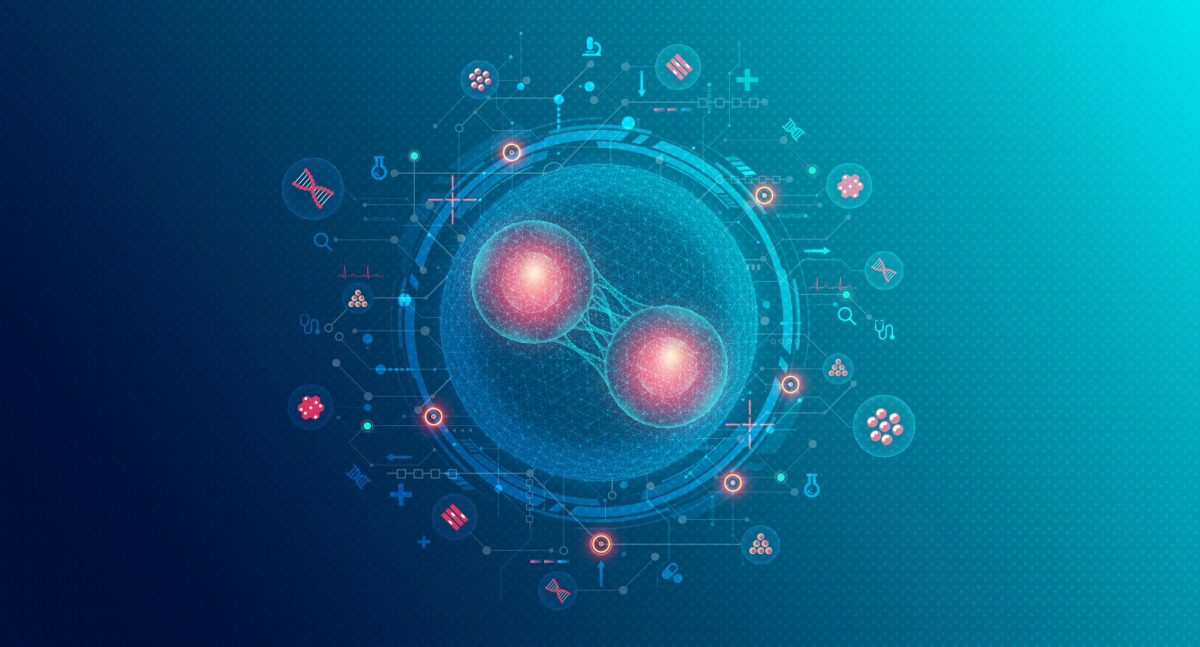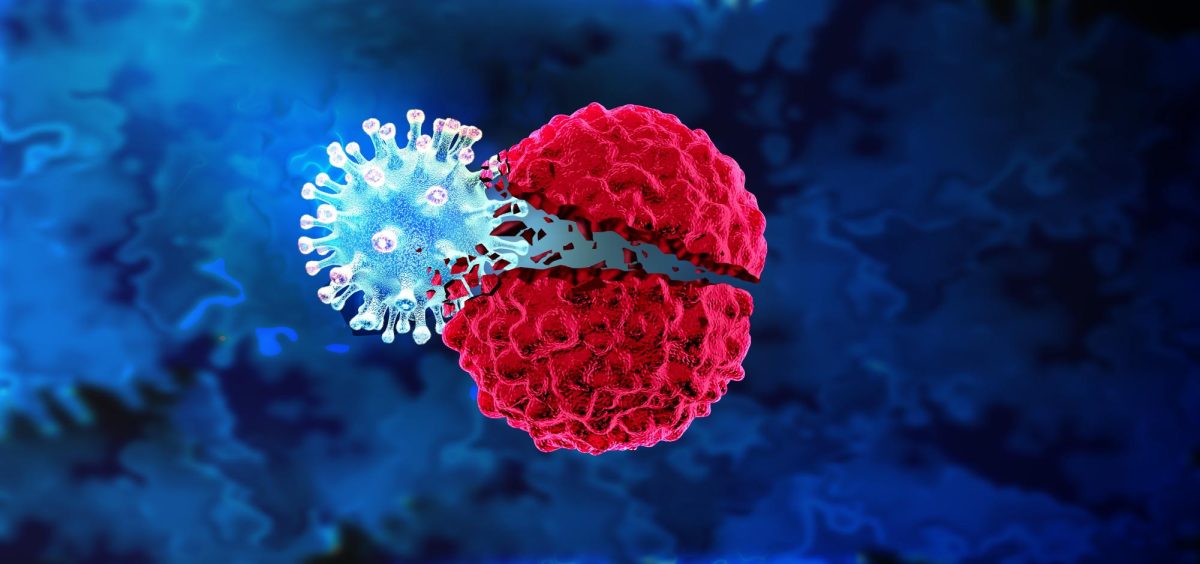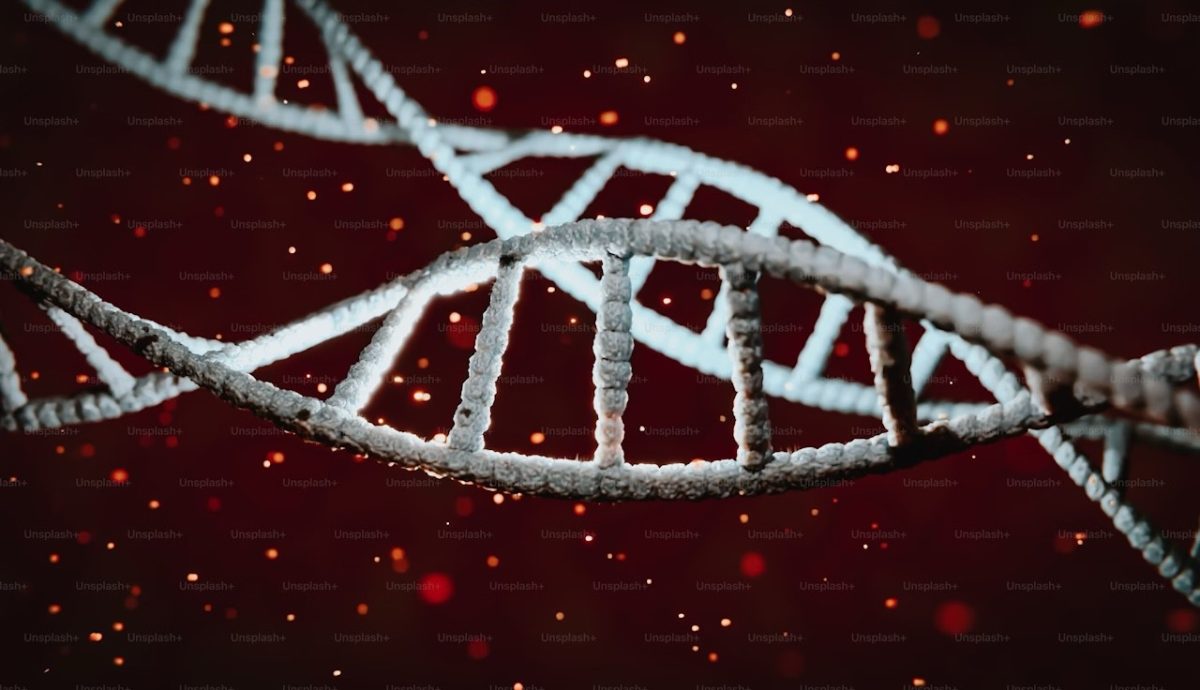
Students have been taught about ‘hibernation ’ since Kindergarten. However, schools only focus on a few aspects of it, contributing to several misconceptions surrounding the word – primarily misunderstanding the science behind it.
One of the best-known hibernators is the bear, and bears actually don’t sleep for the entirety of winter. Rather, they stay in their dens due to evolutionary pressure, only leaving when necessary, such as when their den is damaged. By evolutionary pressure, scientists mean the reproduction of the animal. According to Oxford Academic, in male bears, there is a “reduction of spermatogenesis [which] is predicted to lessen the male mutation bias and to lower the per-generation mutation rate in this species.” This leads males to transmit more mutations to their offspring than females, so a reduction in spermatogenesis during hibernation reduces the chance that an offspring conceived during hibernation will inherit a mutation.
Another critical change in metabolism occurs for bears during hibernation. Bears lower their body temperature by about 8-12 degrees, which simultaneously suppresses their metabolism by 50%. This helps bears save around 20,000 calories in the form of fat which can be slowly used up by the body during hibernation so that the bear does not have to periodically replenish itself with food. Yet, if food is present, a bear does not even have to hibernate unless it is pregnant or weather conditions are severe enough, such as sleeping through the cold. Pregnant bears often give birth in February, and the new cubs stay with them in the den until winter is over. The cub continues to feed and grow until the mother bear wakes, while her warmth in hibernation is preserved for the cub.
Scientists now realize they can learn a lot from hibernation, and many are studying this phenomenon so that it can be possible in humans as well. In the prehistoric ages, if there wasn’t enough food and winter was on the way, humans used to “switch off entirely” as “their eyes would grow heavy and their bodies began to slow.” In this hibernating state, humans can fend off the cold and support themselves in terms of food throughout the winter. In the modern day, this can also help combat infections like Alzheimer’s, strokes, and heart attacks. It can even lengthen life spans. But the question remains: do humans still have the genetic code available to hibernate or did we evolve too far? It is a far-fetched idea, yet it possesses a lot of potential.
Works Cited
Pappas, Stephanie. “5 Hibernating Bears Let Scientists Peek into Their Dens.” LiveScience, Purch, 23 June 2021, https://www.livescience.com/12905-hibernating-bear-body-temperature.html.
[email protected]. “Ask A Wildlife Biologist:, Alaska Department of Fish and Game.” Ask A Wildlife Biologist:, Alaska Department of Fish and Game, https://www.adfg.alaska.gov/index.cfm?adfg=wildlifenews.view_article&articles_id=349#:~:text=They%20lower%20their%20body%20temperature,move%20around%20inside%20the%20den.
“Examining the Effects of Hibernation.” Academic.oup.com, https://academic.oup.com/gbe/article/14/10/evac148/6731088.












